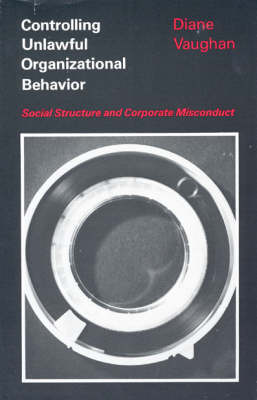Studies in Crime & Justice
1 total work
Diane Vaughan reconstructs the Ohio Revco case, an example of Medicaid provider fraud in which a large drugstore chain initiated a computer-generated double billing scheme that cost the state and federal government half a million dollars in Medicaid funds, funds that the company believed were rightfully theirs. Her analysis of this incident--why the crime was committed, how it was detected, and how the case was built--provides a fascinating inside look at computer crime. Vaughan concludes that organizational misconduct could be decreased by less regulation and more sensitive bureaucratic response.
